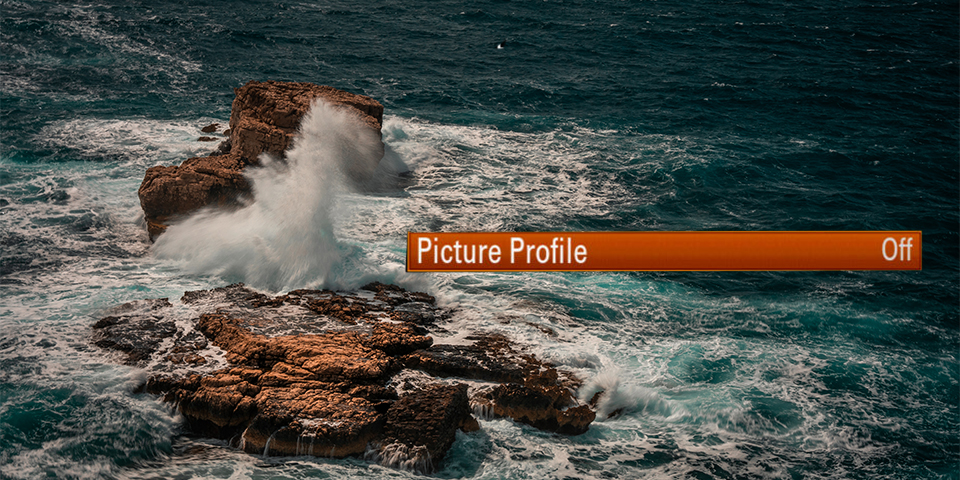
Why Your Camera’s Picture Profiles Matter More Than You Think?
 Vlad Manea
Vlad Manea
Picture profiles are often overlooked by photographers and videographers, but they play a critical role in determining the look and feel of your images and videos. Understanding how they work and when to use them can significantly enhance your results.
What Are Picture Profiles?
Picture profiles are presets in your camera that define how images and videos are processed. These settings influence contrast, sharpness, saturation, and color tone, giving you control over the visual style of your work.
Why Do Picture Profiles Matter
The right picture profile can save you time, improve your creative workflow, and ensure your images or footage meet your artistic vision.
Enhanced Image Quality
Picture profiles allow you to adjust the in-camera processing of your shots. Whether you want vibrant colors or a flat look for post-production, choosing the right profile ensures the best results.
Creative Control
By selecting the appropriate profile, you can achieve a specific mood or tone. For example, a high-contrast profile works well for dramatic scenes, while a neutral or flat profile is ideal for professional color grading.
Consistency Across Shots
Using a consistent picture profile ensures that your images or video clips have a uniform look, making post-processing easier and more efficient.
Common Picture Profiles and Their Uses
-
Standard:
- Delivers balanced contrast and color.
- Ideal for everyday photography or when you need ready-to-use images with minimal editing.
-
Neutral:
- Produces a flat image with reduced contrast and saturation.
- Great for post-processing, as it retains more detail in highlights and shadows.
-
Vivid:
- Enhances colors and contrast for a punchy, vibrant look.
- Suitable for travel, landscapes, or anything requiring eye-catching visuals.
-
Cine/Flat Profiles:
- Found on many cameras, these profiles reduce contrast and saturation for video.
- Perfect for color grading in professional workflows.
-
Custom Profiles:
- Many cameras allow you to tweak or create custom profiles.
- Useful for achieving a signature style or adapting to specific lighting conditions.
How to Choose the Right Picture Profile
Understand Your Workflow
If you prefer minimal editing, choose a profile that delivers the look you want straight out of the camera. For advanced post-processing, use flat or neutral profiles to retain more data.
Match the Scene
Consider the lighting and subject. For bright, colorful scenes, a vivid profile works well. In low-light or high-contrast settings, a neutral or flat profile provides better flexibility.
Experiment and Adjust
Spend time experimenting with different profiles to see how they affect your results. Many cameras let you adjust parameters within each profile, giving you even more control.
Tips for Using Picture Profiles
- Know Your Camera: Learn where to access and adjust picture profiles in your camera menu.
- Test in Advance: Try different profiles before important shoots to avoid surprises.
- Use RAW+JPEG: Shoot in RAW for maximum flexibility and JPEG to see how profiles affect your final images.
Conclusion
Your camera’s picture profiles are more than just presets—they’re powerful tools that can shape your creative output. By understanding their impact and learning how to use them effectively, you can elevate your photography and videography to new heights. Explore your camera’s options and discover how the right picture profile can transform your work.